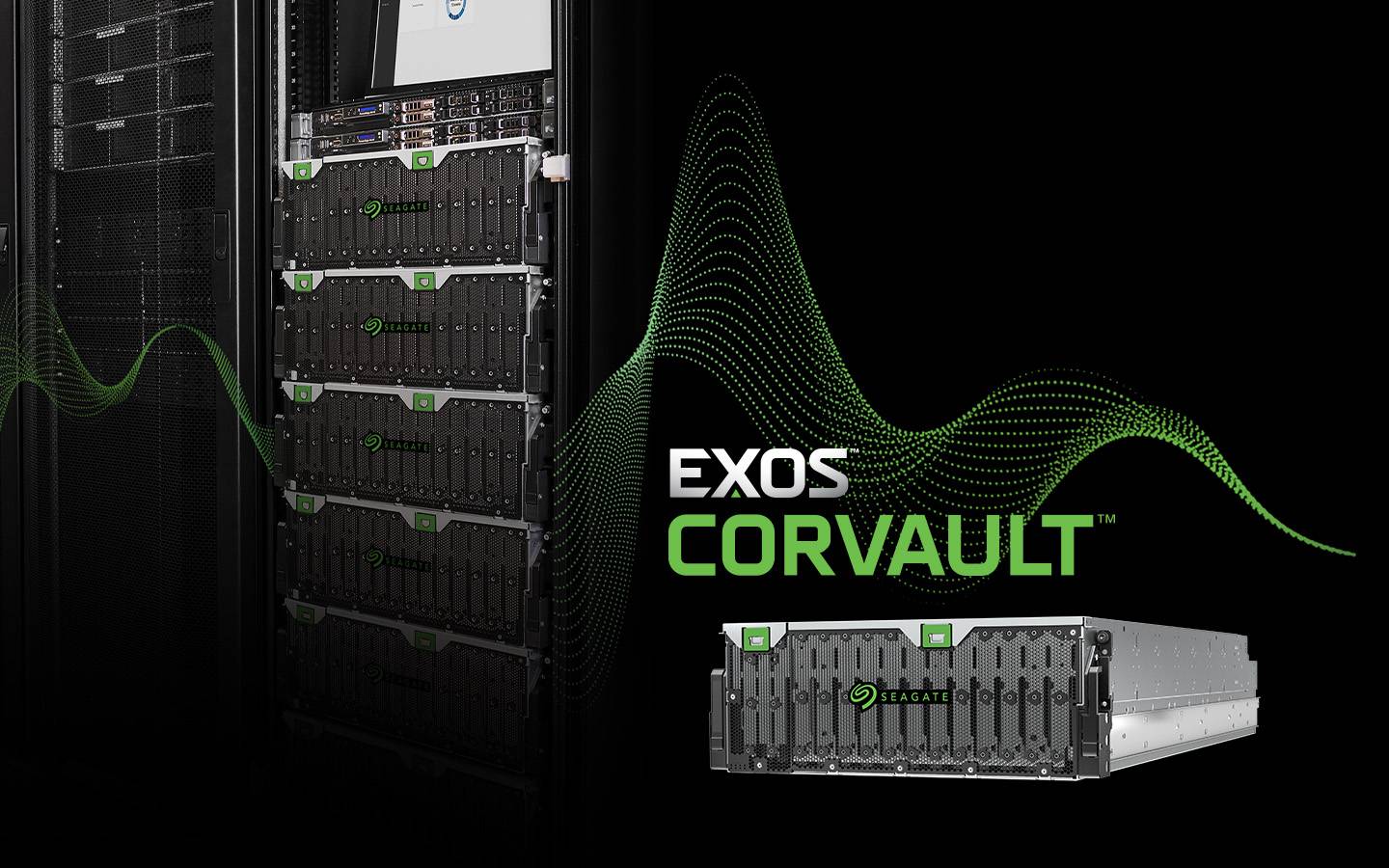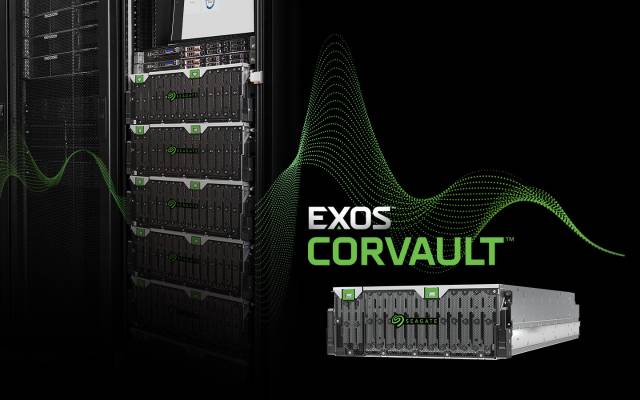A storage area network (SAN) is a common data storage architecture for enterprise-scale organizations. This dedicated high-speed network or subnetwork interconnects shared pools of storage devices for delivery to multiple servers. Often described as the network behind the servers, SANs allow for automatic data backup and storage and backup process monitoring. A combination of hardware and software, this network infrastructure makes data available and accessible in a way that supports enterprise computing.
As businesses grow and workloads scale, SANs will likely play an important role in your organization’s storage system by elevating performance and expanding capabilities to support evolving storage needs.
What Are SANs Used For?
SAN solutions provide the performance, availability, security, and reliability enterprise organizations need for business-critical applications and high-performance computing processes, like desktop virtualization. These use cases depend on the following SAN features:
Centralized Storage
By pulling storage out of individual servers and connecting shared pools to multiple servers, data can be centralized either physically in a storage array or virtually through management software. In either case, data is stored, secured, and managed through a centralized infrastructure.
Data Consolidation
Centralized storage consolidates data, making it easier to organize and control. Instead of managing data across multiple separate servers, data consolidation makes it easier to access storage and scale the available space when necessary.
High Availability
Interconnected storage eliminates the risk of a single point of failure cutting off data access. As a result, SANs offer the availability and resilience organizations need for their business-critical applications. A single disruption in one network path can be worked around through a SAN’s interconnected design without any impact to your business activities.
Data Backup and Recovery
Multiple storage devices, data replication, and other backup and recovery processes are easily supported by a SAN solution. For instance, you can modify specific SAN elements—such as the proximity to its servers—to improve how well your SAN supports data backup and recovery.
Improved Performance
For businesses setting up infrastructure to support high-end computing, including virtualization, enterprise resource planning, and other applications with heavy workloads, these networks are a fundamental technology because of their increased input/output capabilities, high availability, and low latency. High-performance hardware and flash drives can also be added to SANs.
SAN vs NAS: Differences Explained
While a SAN and a network-attached storage (NAS) are both network-based approaches to storage infrastructure, these two environments offer very different benefits and capabilities.
NAS systems comprise of a single storage system operating within a single network. They are simpler in design than a SAN, which makes them even cheaper and less complex to deploy. However, this simplicity comes with limitations—especially in terms of their support for high-performance computing.
A SAN, on the other hand, features a network of devices and multiple servers that can meet the performance, availability, and reliability that enterprise organizations most often need.
While NAS is a great storage solution for many small and mid-sized businesses, a transition to SAN is often necessary as organizations approach an enterprise scale.
Components of a SAN Architecture
An enterprise-grade SAN solution can be constructed using only a handful of components—each of which may feature a custom configuration to meet your organization’s specific SAN needs.
Storage Devices
Multiple storage devices must be connected in a storage system. These can include hard drives, SDDs, and/or flash drives, as well as cloud-based object storage, which offers advantages regarding data migration, data retrieval, and scalability.
SAN Environment Servers
Interconnected server platforms are essential to any SAN environment. These servers are company-owned and contained within the network, rather than cloud-based ones accessed via the internet.
Initiators and Targets
In an iSCSI SAN, initiators and targets send and respond to network commands. Initiators are typically a server that can be either hardware- or software-based, and the target receiving the command is a storage resource within your SAN.
Disk Arrays
To deliver the security and reliability required for a SAN environment, storage devices need to be organized into a redundant array of independent drives (RAID) system. Businesses requiring greater performance and reliability for their SAN may choose a more advanced RAID level. Enterprise-level virtualization, for example, could necessitate a RAID 10 configuration.
What Are the Advantages of SAN?
Block-based storage in a SAN offers a wide range of benefits and new capabilities for businesses. While the specific benefits and the degree of their value will depend on the configuration of each SAN, this storage approach delivers the following advantages:
High Availability and Reliability
A SAN’s interconnected network fabric creates multiple paths between storage resources and the host, eliminating the risk of communication disruptions due to a single point of failure. RAID configurations in a SAN environment can be used to design storage that meets your desired levels of reliability.
Scalability and Flexibility
A SAN environment is virtually limitless in its scale, allowing enterprise organizations to evolve the network’s ecosystem of storage devices and host servers over time. Even when implementing a basic SAN, your business will benefit from a storage architecture that will always be flexible to meet your needs.
Performance
SANs use fiber connectivity and an interconnected network of shared storage to support a high volume of computing occurring at the same time. This capacity and speed allow SAN environments to support processes that are resource intensive and require high-performance computing.
Backup and Disaster Recovery
The data-sharing capabilities of a SAN environment also make it effective for data backup practices. By configuring a SAN with consistent processes for backup and recovery, businesses can improve their overall data protection and mitigate the potential cost and disruptions that come from data loss.
Cost Efficiency
Given the scale of required storage needs, enterprise organizations often benefit from improved cost efficiencies achieved through SAN architecture. Setup can match your current needs, ensuring that costs are commensurate with your storage requirements.
Different Types of SAN Solutions
Each SAN relies on protocols that facilitate communication between initiating software and target storage devices. A SAN may use a single or multiple protocol for communication, depending on the devices and routers in the environment.
The most common SAN protocols include the following:
Fibre Channel Storage Area Networks
Used by most SANs currently in operation, the Fibre Channel protocol (FCP) combines SCSI commands with fiber connections to support high-speed data transfers within the network. Although it costs more to establish a fiber SAN, it offers high speeds and low latency that many enterprise organizations either desire or need.
Ethernet-Based SANs
Instead of fiber channels for transferring data, an Ethernet SAN uses Ethernet infrastructure to communicate between servers and storage. Ethernet SANs are cheaper to set up and manage, but the lower speeds and higher latency of this solution can affect performance across the network.
iSCSI Storage Area Networks
iSCSI is a specific SAN protocol using Ethernet networks. iSCSI uses the standard TCP/IP network to send SCSI packets between the initiators and targets on the network.
Fibre Channel Over Ethernet (FCoE) Storage Area Networks
A Fibre Channel over Ethernet (FCoE) SAN is an innovative storage protocol that allows fiber communications to operate across an Ethernet network. This SAN allows organizations to use existing Ethernet infrastructure to support communications while achieving speeds that come close to a true fiber protocol.
Things to Consider When Choosing a SAN
Because a SAN can be customized via countless different configurations, the process of choosing the best environment for your business could be overwhelming. For most businesses, this process can be navigated with ease by first identifying your storage needs.
Storage Requirements
How much storage space does your business need? Remember: Since SANs can be expanded and reconfigured over time, you can focus on the storage needs you anticipate both now and in the near future. If those storage needs increase, your SAN will allow the addition of new devices.
Budget and Performance
Performance and cost tend to go hand in hand. If you need top-of-the-line performance, you’ll likely need a more robust SAN environment using the FCP. If budget matters more than performance, cost-effective alternatives—such as more affordable hardware and Ethernet infrastructure—may make more sense.
Scalability and Data Protection
Different storage devices come with built-in software, design features, and protocol compatibility that impacts the ease of scaling your SAN and keeping data protected. By investing in hardware that adds new security elements and supports near-limitless scale, you can increase your SAN’s reliability and value.
Partner with Seagate for Your SAN Infrastructure
When building a SAN environment containing multiple storage devices, compatibility, and seamless communication are critical features for success. This is why Seagate Exos® CORVAULT™ data storage systems are an ideal fit for SAN environments. Designed with data center expansion in mind, CORVAULT’s simple design and efficient block storage deliver performance while lowering your storage infrastructure’s total cost of ownership.
CORVAULT also offers innovative data protection features to give your SAN a more robust security front. Seagate Autonomic Distributed Allocation Protection Technology (ADAPT) enables rapid rebuilds while improving your storage efficiency and sustainability, and the hard drive’s autonomous drive regeneration (ADR) feature empowers your storage device with self-healing capabilities.
Build the SAN environment that your business needs. Talk to a Seagate expert today to learn more about your SAN storage options.







